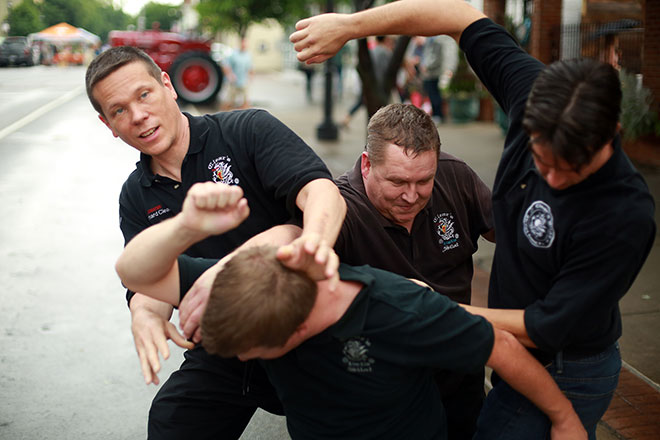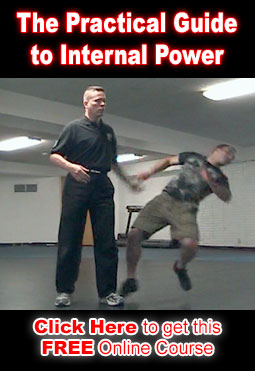 Training methods have an expiration date.
Training methods have an expiration date.
Like a piece of uranium.
Now, a single atom of uranium is highly unpredictable.
It could break down and release it’s energy in the next second, or it could hang around for billions of years. If you get a chunk of uranium things get a little more predictable.
We still don’t know when exactly the whole thing will decay but we do know that in 704 million years half of it will be gone.
704 million years is the half life of uranium.
Your training methods also have a half life.
The half life of a training method is the amount of time it takes to gain half of all the skill you can gain from that training method.
This is a very important.
…because from here on out you will never gain as much skill from this method as you already have.
And the amount of skill you gain will continue to become less and less.
Your progress will slow and stagnate unless you learn something new.
Of course it’s easy to find someone who will tell you to you should continue to learn.
But that’s not enough.
An open mind, an empty cup, going to workshops…
…these are the prerequisites. By themselves they are not enough.
You also need to know WHEN to learn something new and WHAT to learn next.
The first requires training logs and journals to track your progress. The second requires research and study.
I recommend starting with the 16 week Internal Combat Arts Course for a step by step study of Tai Chi, Bagua, Xing Yi, Qigong & Kuntao Silat.
http://www.clearsilat.com/internal-combat-arts
Every skill also has a learning curve.
That’s the amount of time it takes to develop functional use of that skill.
Some skills you can learn today and use tomorrow. Others could take 10 years of training to become usable.
The length of that learning curve depends on where you start.
So here’s the cool part…
Say I have a skill that takes six months to learn from scratch.
You could start now and spend 6 months of hard training before you begin to be able to use it…
OR we could find a second skill. One that’s related to the first.
Say… something with a 1 week learning curve and a 3 month half life.
So you have something you can use after 1 week.
…and you’re experience with second skill will cut 4 or 5 months off the learn curve of the first skill.
This is why learning from someone who is skilled in Kung Fu is a whole lot different than learning from someone who is skilled at teaching Kung Fu.

You must be logged in to post a comment.